Nuclear energy supplied 19.4% of the total electricity used in the U.S. in 2013, or 789.0 billion kilowatt-hours, according to the Nuclear Energy Institute. However, the contribution of nuclear to the U.S. grid has been hovering around 19%–20% for the past 25 years.
That stagnation may be partially due to hesitation about the safety and utility of current nuclear fuel cycles, which are at the heart of energy generation in a nuclear power plant.
Nuclear fuels come in a variety of forms, many of which are processed into ceramic fuel pellets. The U.S.’s 99 operating reactors consume a lot of pellets—the typical power plant generates 20 metric tons of used nuclear fuel every year—because that fuel must be removed and replaced almost annually within each reactor.

[Check out NEI’s great interactive graphic for more about nuclear fuel production, use, and storage.]
More fuel usage means more upfront costs for new materials and manpower to reload the plant with fresh fuel, but it also means more costs and logistical challenges to safely store spent nuclear fuel, too.
The cost to reload nuclear fuel in a typical 1,000 MWe reactor that refuels on an 18-month cycle is a staggering $40 million, according to NEI. So making fuel last longer can save a lot of money, increase plant efficiency and ouput, and improve safety of nuclear energy. And maybe—just maybe—those changes could push nuclear energy out of that 20% rut.
New research from Ricardo Castro, ACerS member and materials science professor at University of California, Davis, and a team of his colleagues is providing important insight into how nanomaterials behave under irradiation, a finding that may help significantly extend the life of nuclear fuels.
The research, recently published in Scientific Reports, also includes ACerS members John Drazin from UC Davis and Terry Holesinger and Blas Uberuaga from Los Alamos National Laboratory. Additional authors include Sanchita Dey from UC Davis and Yongqiang Wang and James Valdez from Los Alamos.
The team specifically looked at how nanocrystalline nuclear fuels could compare to their microcrystalline counterparts. Although composed of the same material, nanocrystalline and microcrystalline samples are significantly different because they have differing grain sizes, a feature that the team found has a big impact of the material’s properties after irradiation.

Although previous research has suspected that nanocrystalline ceramics would be more radiation tolerant than bulk (microcrystalline) samples of the same material, the team’s newly published research confirms these suspicions and, importantly, provides the mechanism by which it happens—through reduced accumulation of point defects.
Point defects normally form in a material upon irradiation. But accumulation of defects within nuclear fuel negatively affects its behavior and performance, and thus directly impacts its potential life cycle. Decreasing the accumulation of defects, therefore, would increase nuclear fuel lifetime.
Castro and the team studied precisely how defects evolve in response to irradiation, measuring the location and migration of individual defects in microcrystalline and nanocrystalline samples of 10 mol% yttria-stabilized zirconia. According to Castro, the team used zirconia because it has a similar structure to nuclear fuel uranium dioxide.
“We saw very little damage in the nanocrystalline samples, and significant damage in the microcrystalline sample. This is because the grain boundaries in the sample act as sinks for interstitial defects,” Castro says in an email. “That is, nanomaterials accumulate less defects during radiation, being a key element to enhance lifetime of nuclear fuel.”
“Since more defects means to shorter life-time, one can expect longer life for nanocrystalline uranium dioxide fuels as compared to regular micrograined fuels,” Castro says.
Not only was the amount of defects significantly less in nanocrystalline samples, but the type of defects was different, too.
Defects can be gains or losses: gains, or interstitial defects, are crystal structure locations where atoms create spaces that shouldn’t be occupied; losses, or vacancies, are empty atomic seats within the crystal structure that should be filled.
The team found that while microcrystalline samples had both interstitial and vacancy defects, the nanocrystalline samples accumulated only vacancies, which clustered to minimize energy.

This distinction provides important insights into the mechanisms of defect reduction in these materials.
“In nanocrystalline samples, the probability of the defect ‘finding’ a boundary is much higher because grains are smaller,” Castro explains. “Boundaries are stable sinks for the interstitials, but produced vacancies are shared between boundary and bulk, since they can form metastable clusters in the bulk. Therefore, in nanocrystalline samples, one cannot find interstitial defects in the crystal—only vacancies. In the microcrystalline samples, we find both, and in much higher concentrations (since only a few defects can actually find a boundary).”
Confirming that the boundaries were indeed acting as sinks to absorb the defects in nanocrystalline samples, the scientists measured grain growth in nanocrystalline samples only following irradiation.
Castro explains that the amount of radiation they exposed the test materials to was equivalent to 4.5 years of service life in reactors, despite the fact that nuclear fuels are typically replaced within one year in real life due to damage considerations and safety precautions.
“Since zirconia also finds structural applications, the results can also be used to predict nanoeffects in [nuclear fuel storage conditions, too,] such as core barrels and dry casts. The core barrel radiation equivalent is about 84 years. As a reactor vessel, the tested radiation would be equivalent to 21 million years. So again, nanomaterials would be able to resist much longer than microcrystalline samples.”
The open-access paper is “Radiation tolerance of nanocrystalline ceramics: Insights from yttria stabilized zirconia” (DOI: 10.1038/srep07746).
Oringinal Link

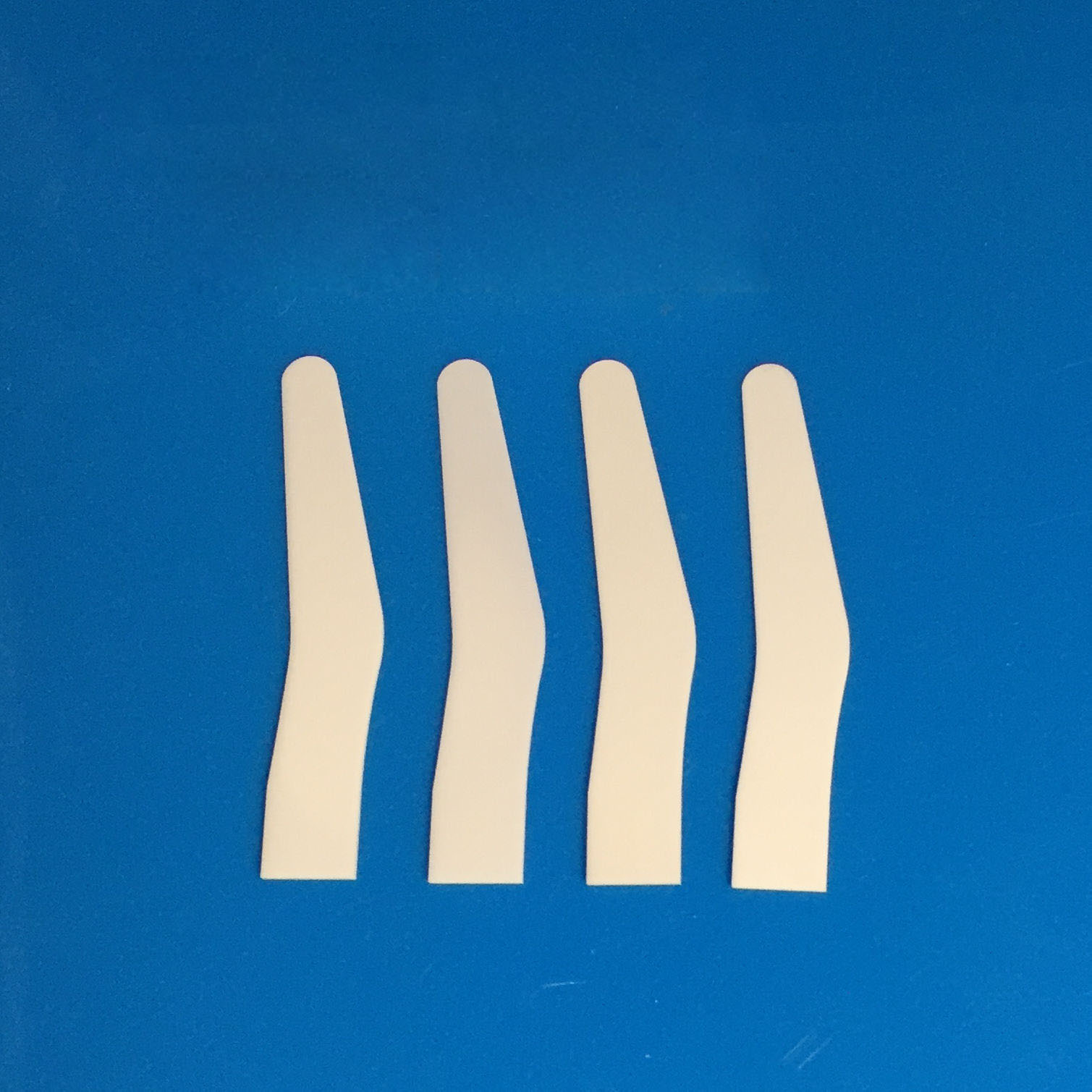
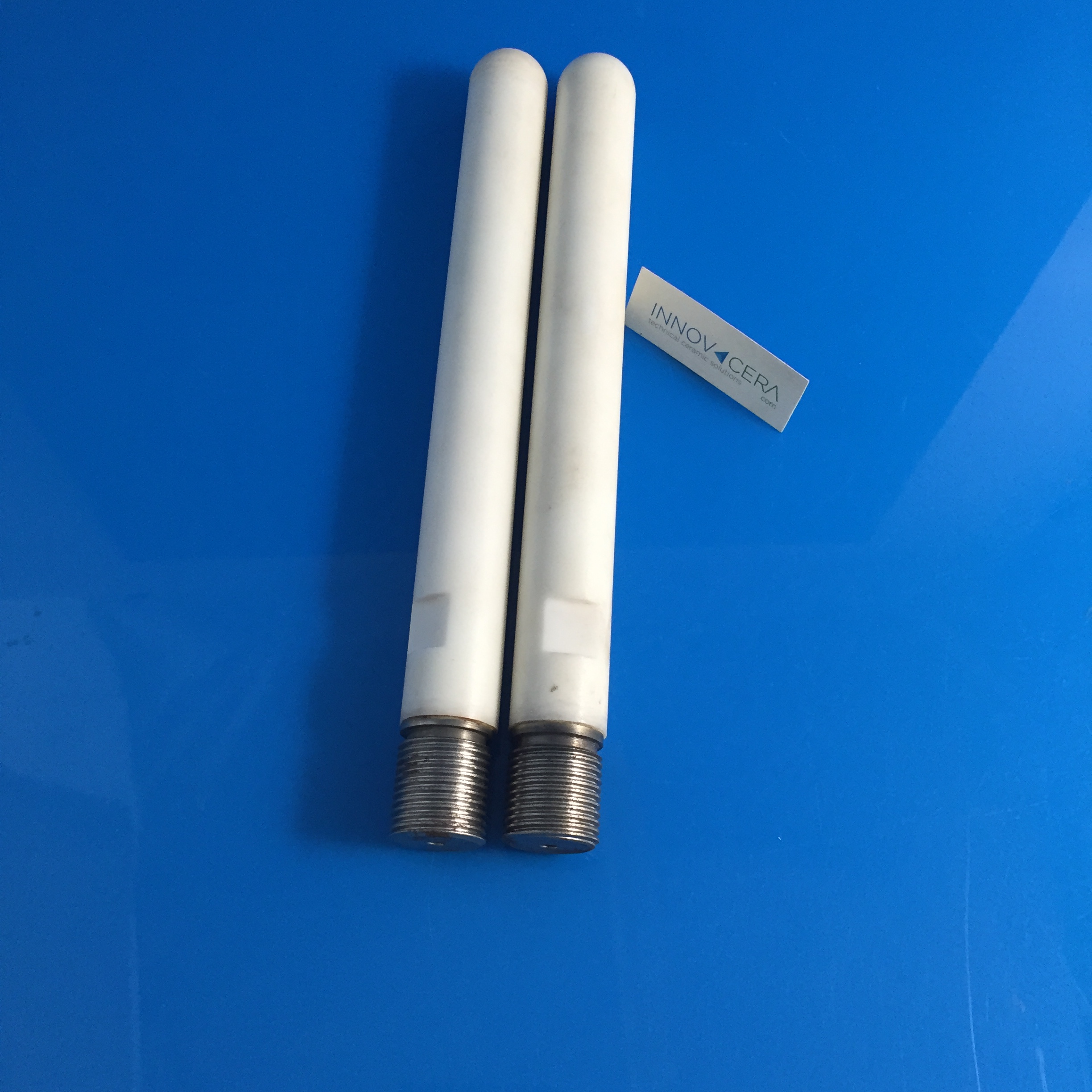
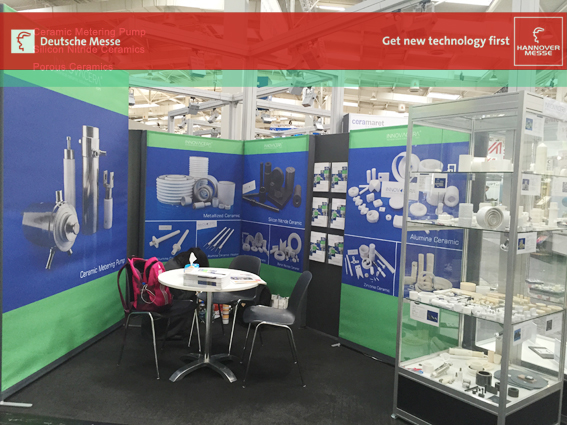

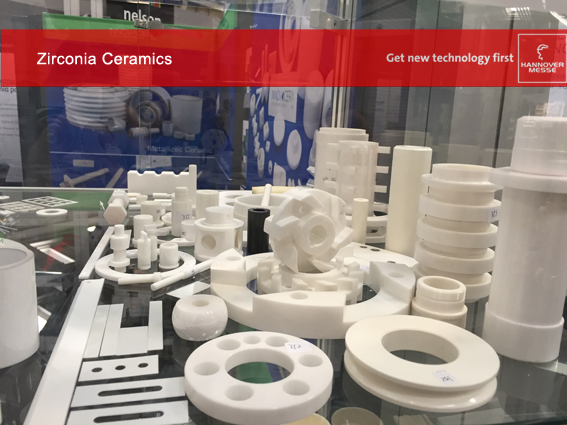
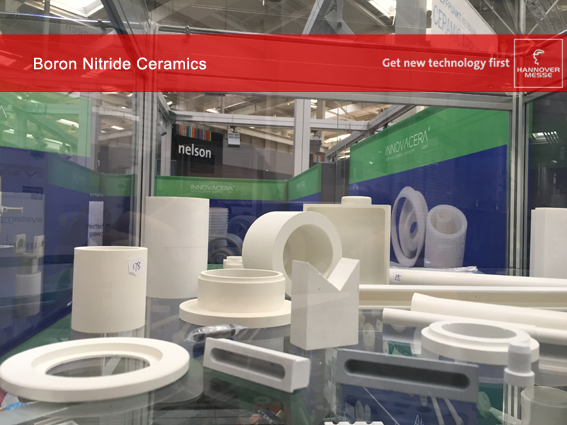
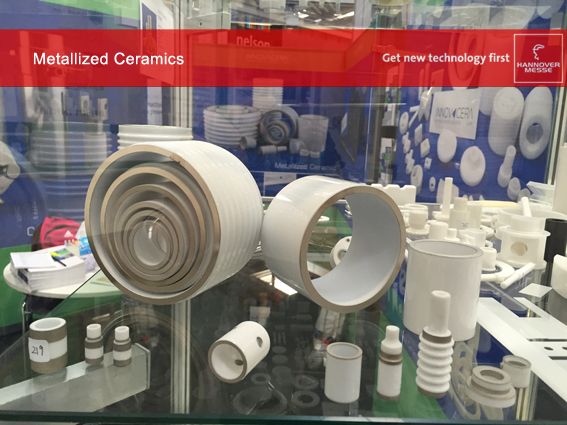
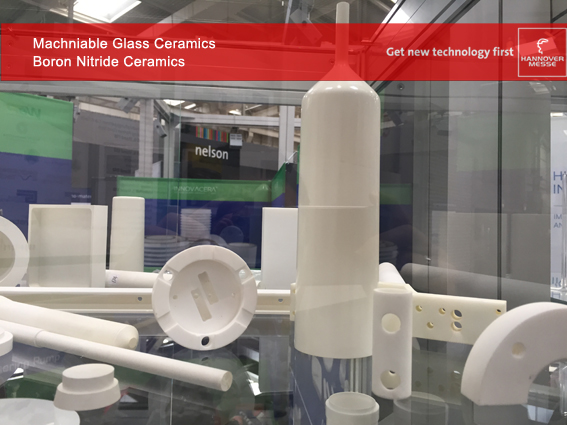
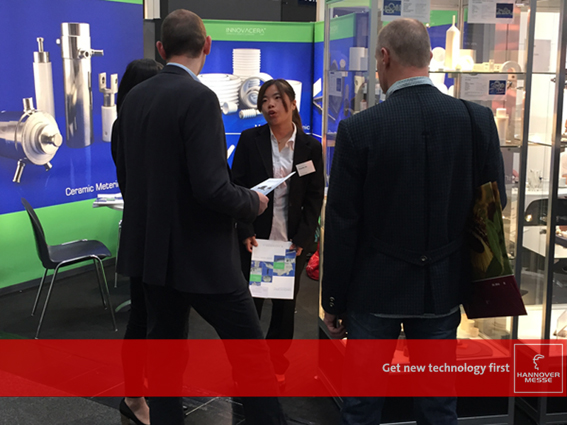
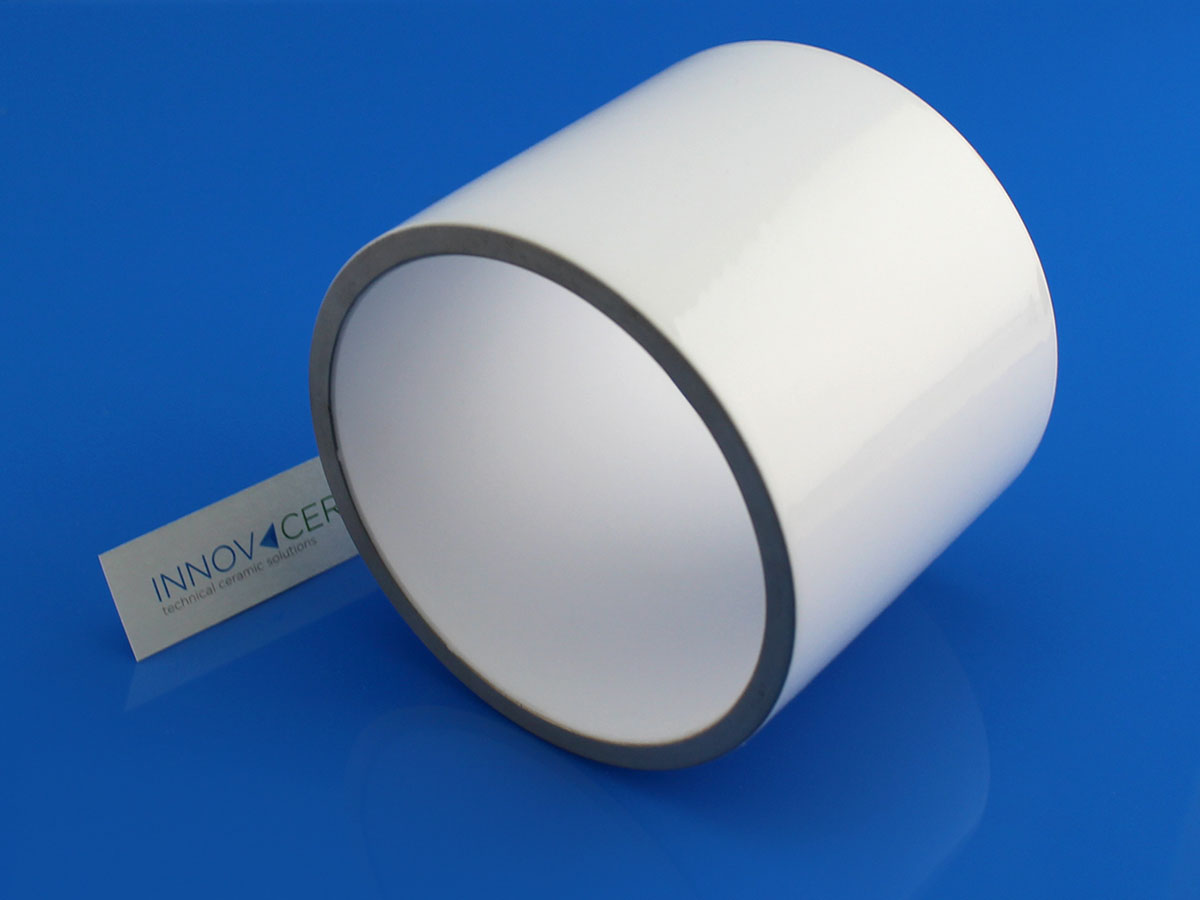
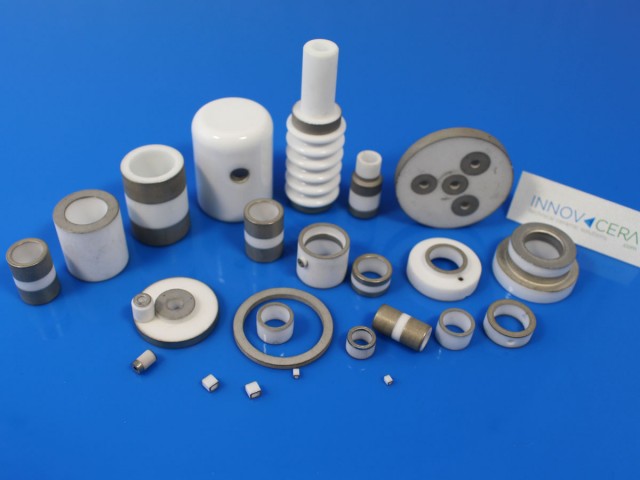
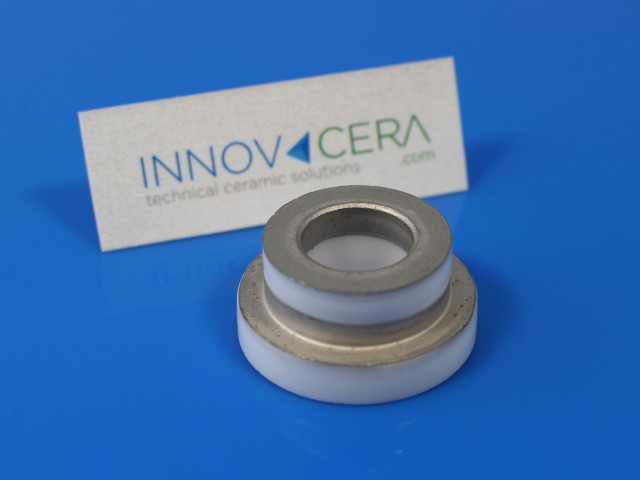
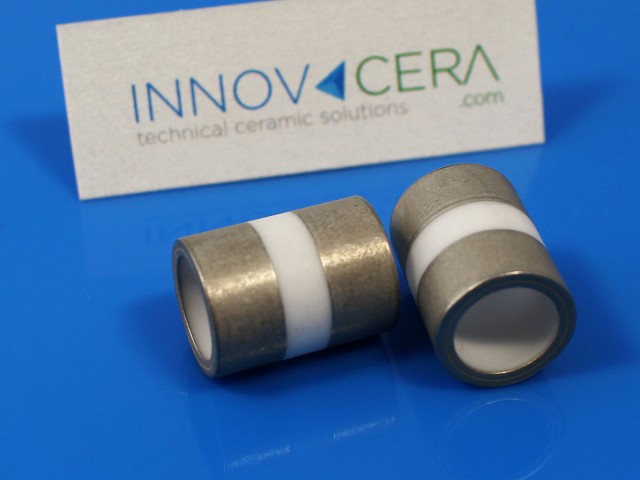



 Centorr Vacuum Industries announced it has shipped orders for two high-temperature sintering furnaces for 2015 delivery to a leading firm in the production of AlN substrates for the LED market in China.
Centorr Vacuum Industries announced it has shipped orders for two high-temperature sintering furnaces for 2015 delivery to a leading firm in the production of AlN substrates for the LED market in China.
 Enquiry
Enquiry